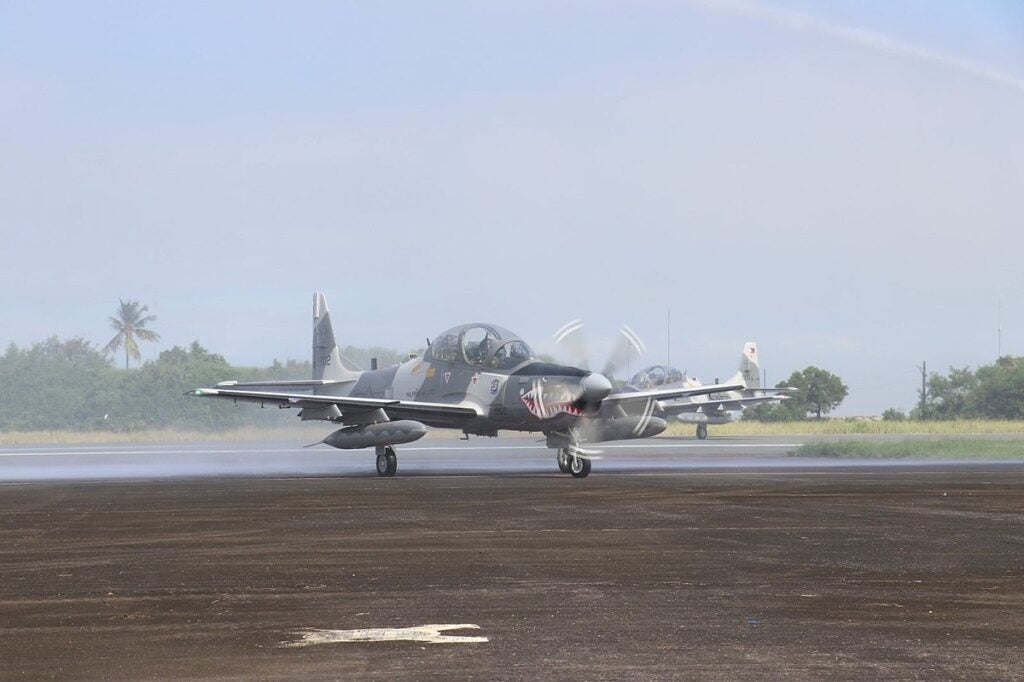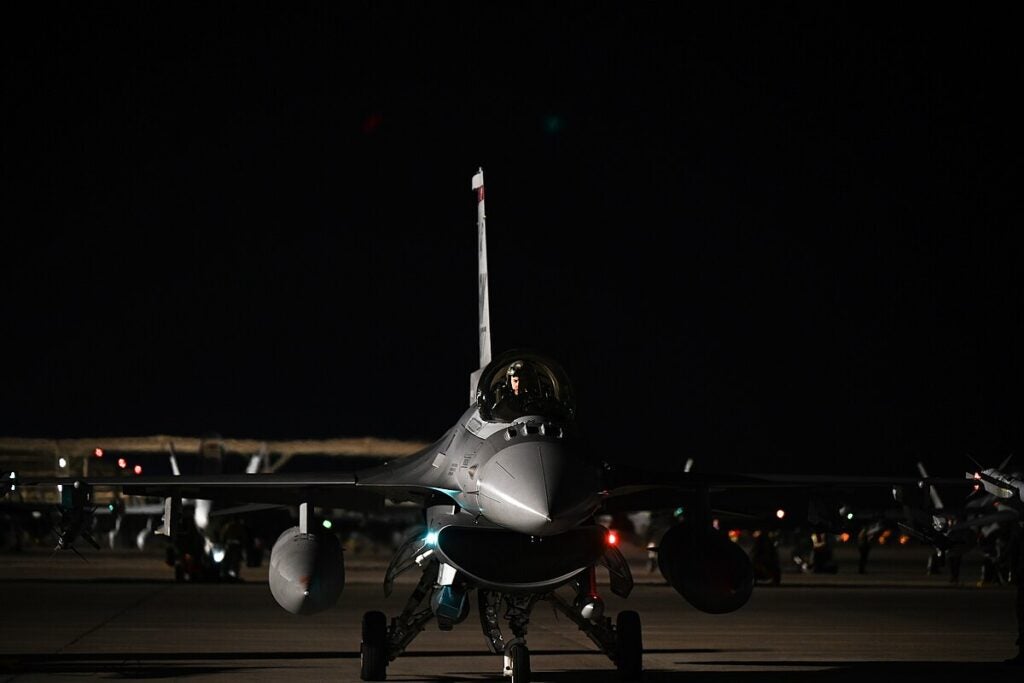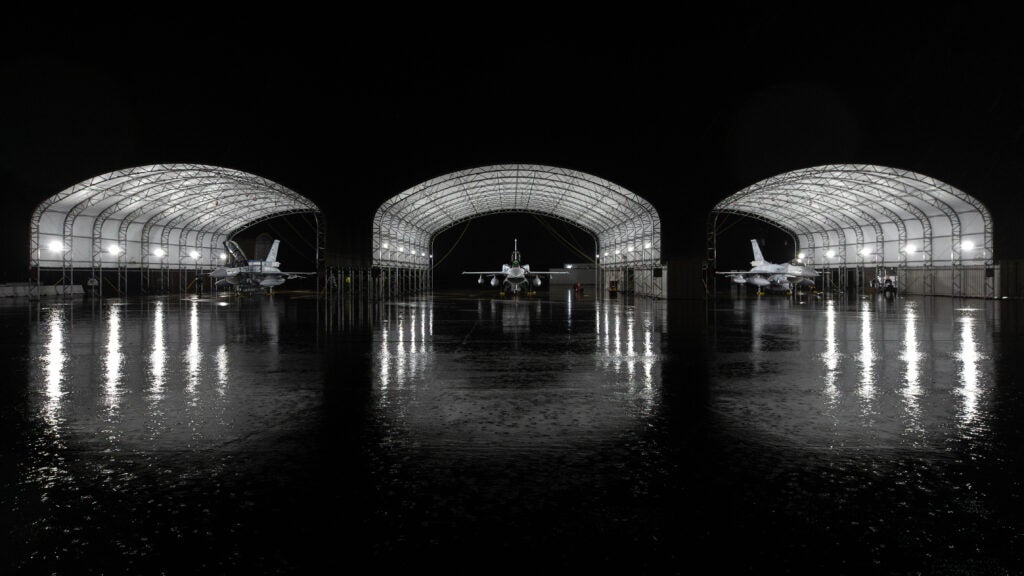Philippines Cleared For Purchase of F-16 Fighter Jets
The Defense Security Cooperation Agency announced that a proposed purchase of twenty F-16 Falcon fighter jets was approved by the US State Department. The total estimated cost of the sale comes in at $5.58 Billion and will include 20 airframes, twenty four F110-GE-129D or F100-PW-226 engines, twenty two AN/APG-83 AESA radars and other assorted equipment and systems in or related to the F-16, including weapon systems, avionics, computers and targeting equipment.
The proposed sale comes during efforts of modernization and expansion of PAF capabilities and deepening ties between the Philippine Armed Forces and the United States military. The sale does not include weapons or munitions, however does include the necessary systems for the employment of most modern weapon systems that the F-16 employs, many of which the PAF employs in other aircraft in its fleet. The F-16 would be the among the most modern and capable fighter aircraft employed by the PAF, whose combat aircraft fleet currently consists of the South Korean T-50 Golden Eagle and Brazilian EMB-134, both of which are classified as “light multirole” and “light attack” aircraft respectively.

The United States has seen a large effort to strengthen ties with the Philippines, both diplomatically and militarily, as it is seen as a key ally in the region for combatting Chinese military activity. This sale is the latest boost to military ties between the two nations, coming after several exercises and the opening of a new joint intelligence center in Manila. Helping with the modernization of the Philippine Armed Forces is seen as a priority among US officials and policy makers as part of its wider strategy of pivoting its attention eastward to deter Chinese military activity, as the Philippines is a key ally in the contested South China Sea region.

The Purchase includes sixteen F-16C variants and four F-16D variants, both of Which are the latest block 70/72 version. Twenty of the F-100-GE-129D/F100-PW-226 engines will be installed in the aircraft as delivered, and a further two engines will be included as spares, as well as two spare AESA radars. An official delivery date has not been given, but according to DSCA Lockheed Martin expects no impact on current delivery rates or readiness rates to the USAF.

